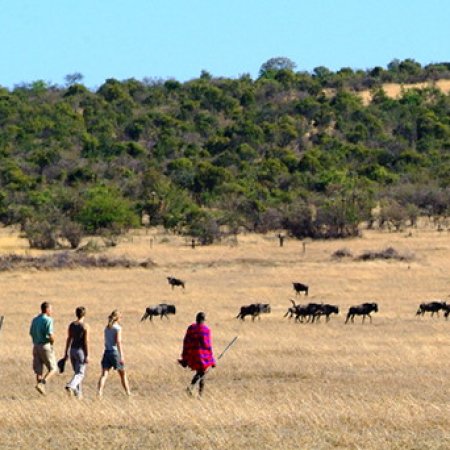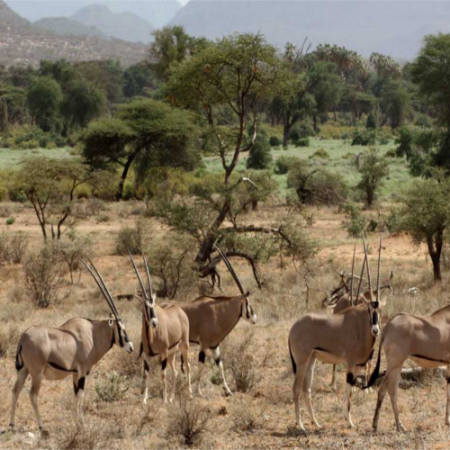Best Time to Visit Amboseli for Elephant Sightings: A 2025 Complete Guide
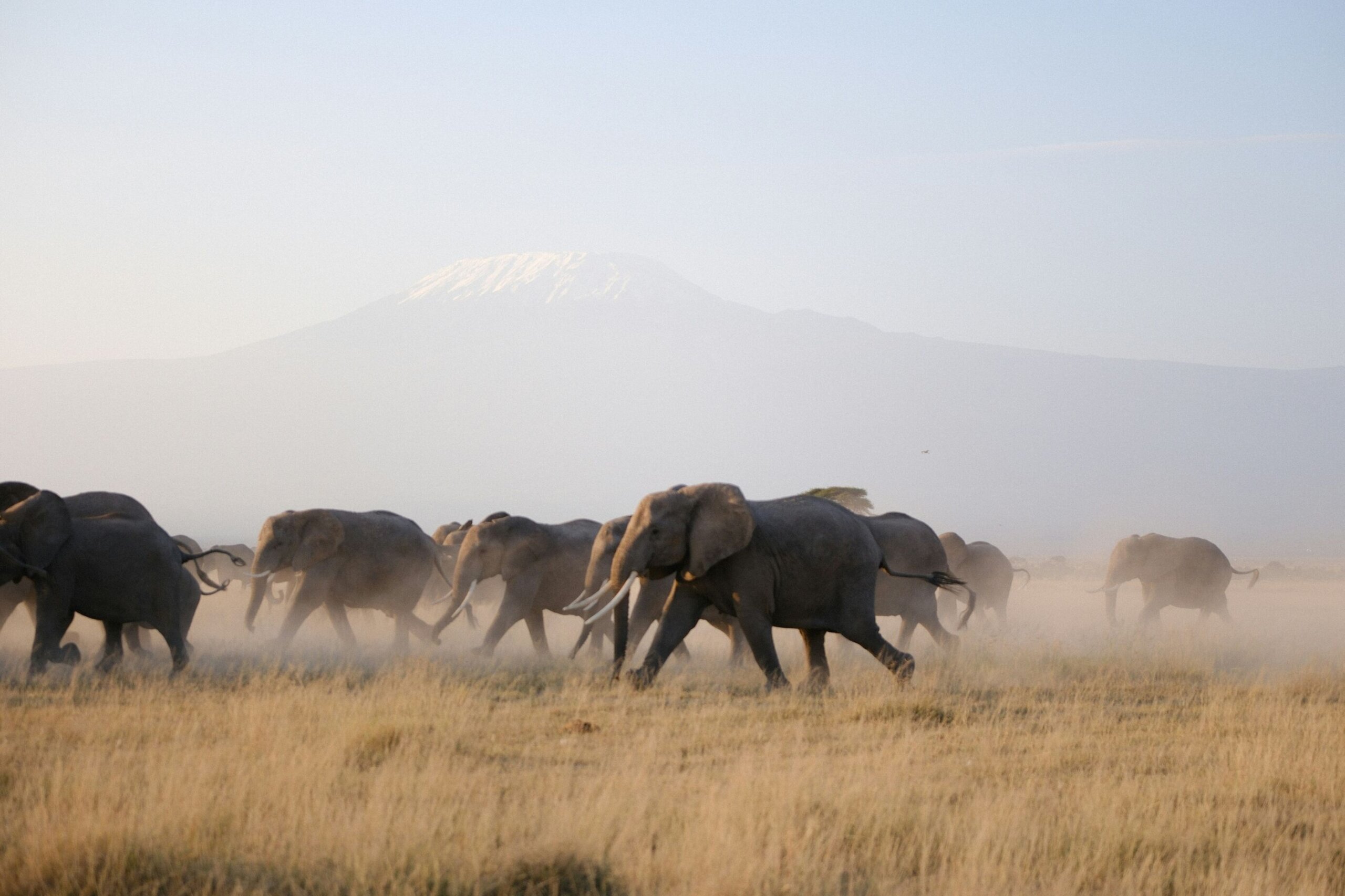
If you’re dreaming of the best elephant sightings roaming freely across the vast open plains with the snow-capped peak of Mount Kilimanjaro rising dramatically in the background, then Amboseli National Park, located in the southern part of Kenya near the Tanzanian border, should be at the very top of your safari bucket list. Renowned globally for its iconic scenery and exceptional wildlife encounters, Amboseli is often referred to as the “Land of Giants” and for good reason. The park is home to some of the largest and most well-documented elephants in Africa, many of which are easily identifiable by their massive tusks and calm demeanor. Amboseli offers some of the most breathtaking and consistent elephant sightings on the continent, thanks to its unique ecosystem of swamps, acacia woodlands, and expansive dry lakebeds. But when is the best time to visit Amboseli National Park for unforgettable elephant sightings? The answer depends on a variety of factors, including the region’s climate, seasonal wildlife movements, and your own travel preferences. Let’s break it down by season to help you plan the perfect safari adventure.
Best Time to Visit Amboseli for Elephant Sightings
Dry Season (June to October): The Prime Time for Elephant Sightings
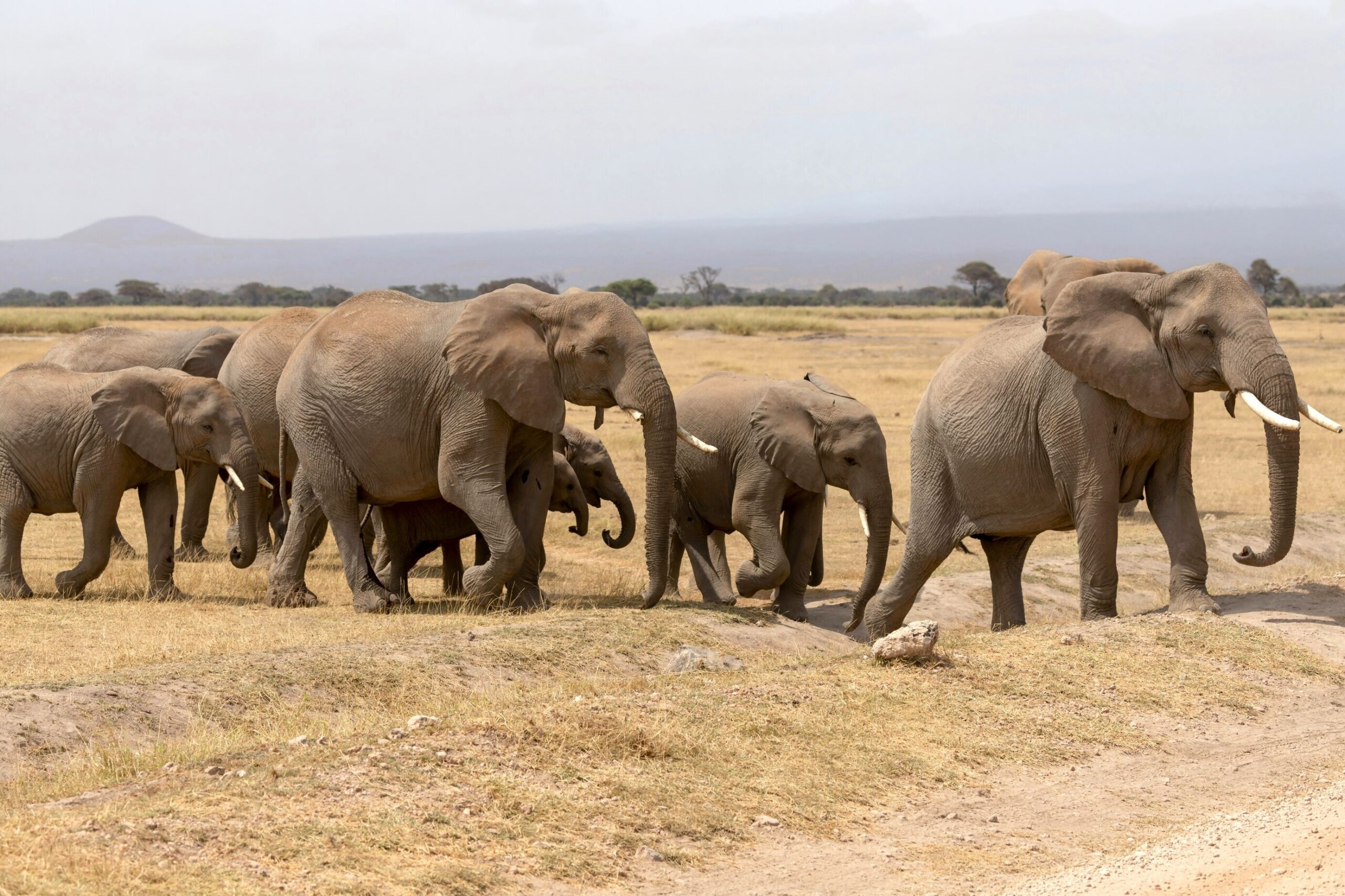
This is widely regarded as the best time to visit Amboseli for wildlife viewing, especially elephants. During the dry months, vegetation becomes sparse, and animals tend to congregate around permanent water sources such as the park’s swamps and springs. This natural concentration of wildlife makes it easier to spot elephants, often in large herds, as they move across the dusty plains in search of food and water. The clear skies during this season also offer the best opportunities for photography, particularly with Mount Kilimanjaro clearly visible in the background.
Why It’s Ideal:
-
Elephants gather in large herds near water
-
Vegetation is sparse, making animals easier to spot
-
Roads are more accessible and less muddy
-
Fewer mosquitoes and reduced risk of malaria
Top Months:
-
July – Large herds around Enkongo Narok swamp
-
August to September – Excellent for photography with clear skies and Kilimanjaro views
-
October – Still dry, fewer crowds toward the end of the peak season
Green Season: November to May (Off-Peak but Rewarding)
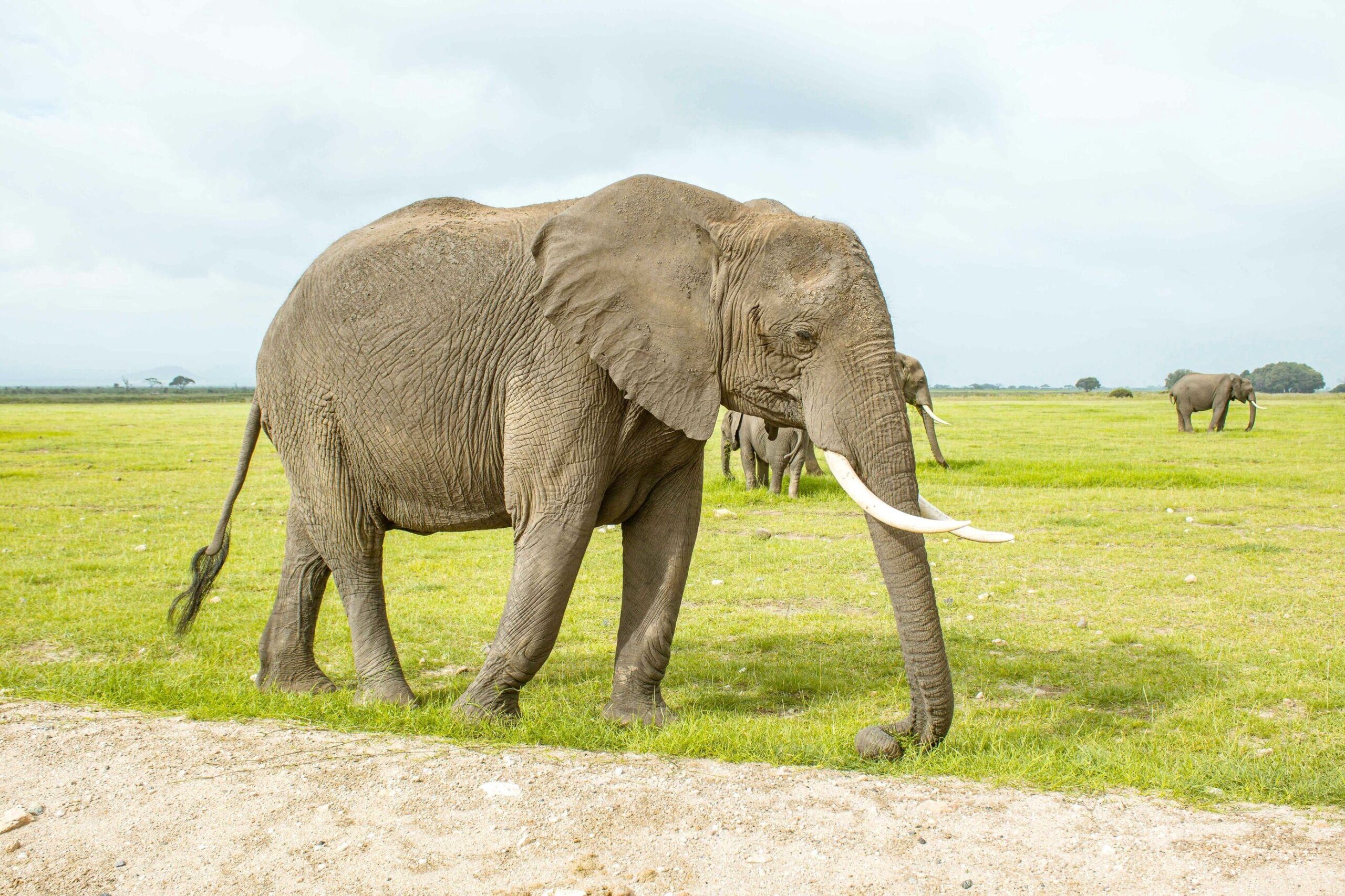
The wet or green season has its own charm, especially for photographers and bird lovers. The park is lush, the skies dramatic, and baby elephants are often seen during this time.
Why Consider It:
-
Fewer tourists – more intimate wildlife encounters
-
Elephants still present due to permanent swamps
-
Calving season – baby elephants and predator-prey drama
-
Stunning, green landscapes ideal for photography
Take Note:
-
Some roads may be muddy or impassable
-
Visibility can be reduced due to thicker vegetation
-
Short rains in November and long rains from March to May
Tips for the Ultimate Elephant Safari in Amboseli
-
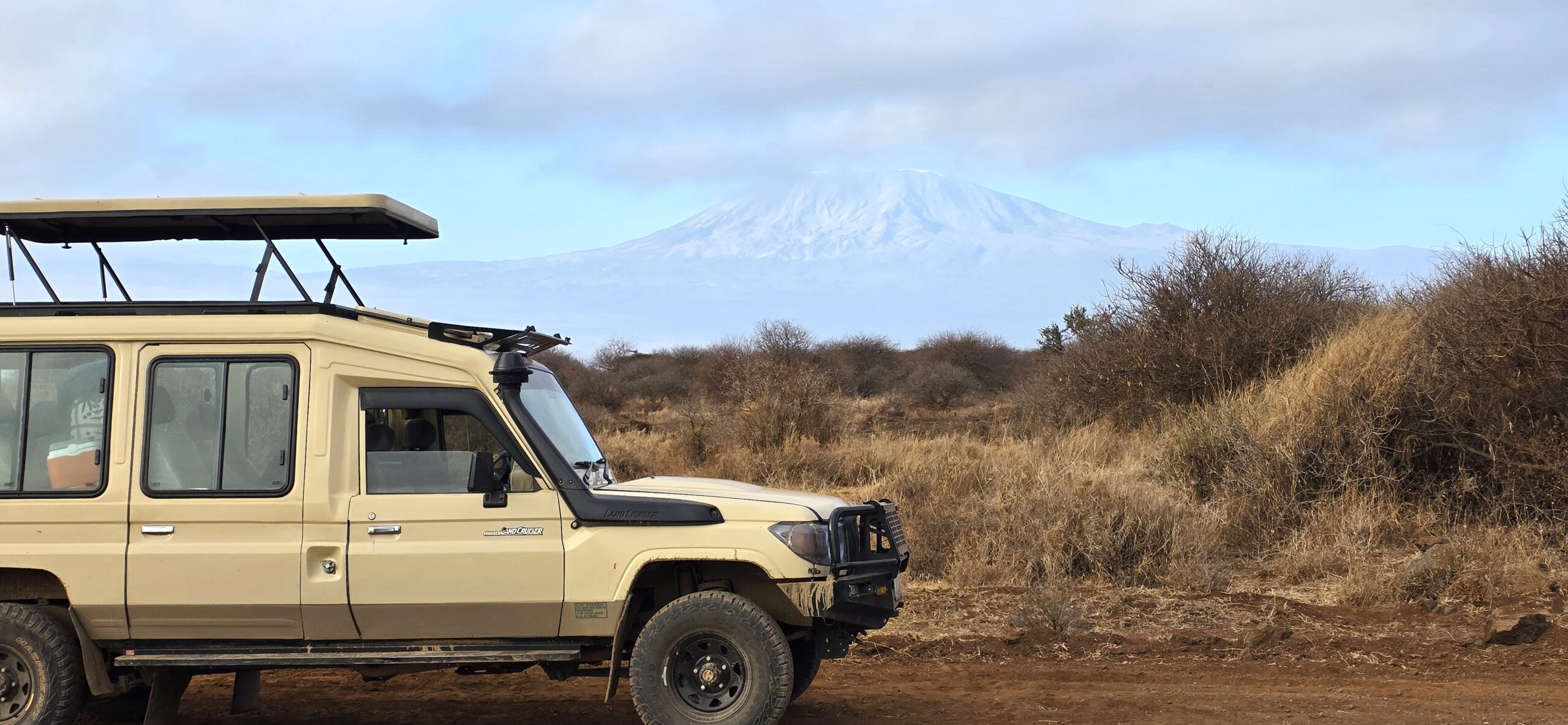 Go on early morning and late afternoon game drives – Elephants are most active when temperatures are cooler.
Go on early morning and late afternoon game drives – Elephants are most active when temperatures are cooler. -
Bring a good zoom lens – Amboseli’s wide-open spaces make for stunning photos, especially with Kilimanjaro in the background.
-
Stay in eco-lodges or camps near the swamps – Lodges like Tortilis Camp or Ol Tukai Lodge offer premium views and proximity to elephant hotspots.
-
Hire a knowledgeable guide – A local guide will know where to find specific elephant families and interpret their behavior.
What to Pack for an Amboseli Elephant Safari
-
Neutral-colored clothing (avoid bright colors)
-
A wide-brimmed hat and sunscreen
-
Binoculars and camera with extra batteries
-
Lightweight waterproof jacket (especially if visiting during the green season)
-
Insect repellent
Amboseli offers one of the best elephant viewing experiences in Africa. For the highest concentration of sightings and the best weather, aim to visit during the dry season (June to October). However, the green season also offers unique opportunities, especially if you prefer lush landscapes and fewer crowds.
Looking to book your Amboseli safari? Reach out to us and lets help you plan your adventure of a lifetime.

